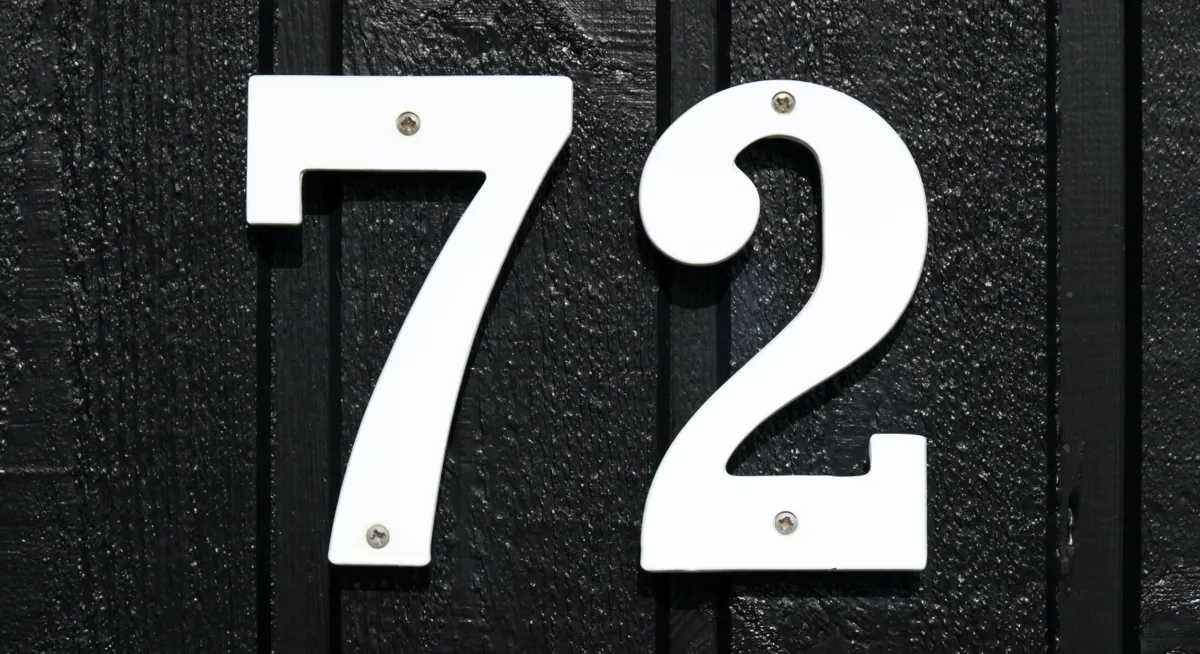Double Your Money: The Rule of 72

I do most of the financial planning and investing for our household. I'd also like us to have the option of retiring early, so I'm often trying to gauge whether a particular investment will help us achieve our goals in my desired time horizon. In our case, having the option to retire early requires us to, at a minimum, double our current investments within the next 8-10 years.
But how long will it take to double your money? That's where the Rule of 72 comes in.
The Rule of 72 is a rough guideline that helps you estimate how long it will take to double your money given a rate of return. You don't need to convert the rate to a float or decimal number first, either. Use the percentage, minus the % sign.
Let's say you have $1000 in a bank account that pays a 4.5% annual rate.
72 ÷ 4.5 = 16
At 4.5%, it will take you about 16 years to double your money.
Where this becomes a useful guideline for planning is when we use this rule to determine what rate of return we'll need in order to double our money in the next 10 years. First, however, we'll need to apply some algebra and move some numbers around. Let's rewrite our equation to solve for rate.
If you need a refresher on the the step-by-step journey to get here, try this Google query. I've substituted x for rate in that query.
For a goal that is 10 years away, the math looks like this:
72 ÷ 10 = 7.2
In other words, we need a 7.2% yield every year for the next 10 in order to double our money. To achieve that goal in 8 years, we'd instead need a 9% annual return.
72 ÷ 8 = 9
Caveats to the Rule
Now there are a few caveats to the Rule of 72:
- It assumes that you won't contribute any additional funds to your initial investment.
- It only works for stocks in best-case scenarios.
- It's less accurate at rates below 6% and above 10%.
Adding more money to your investments shortens the doubling time line. See Nick Maggiulli's recent post How Long Does it Take to Double Your Money? for more about how that works.
Stock prices and dividend yields can fluctuate over time. If the stock market or your shares have a rough couple of years, your doubling estimates might not hold up. If you're calculating returns for U.S. savings bonds, on the other hand, the Rule of 72 is perfect.
Outside of that 6-10% range, you'll need to make some adjustments to get more reliable results. Otherwise, they may be off by a few weeks or months.